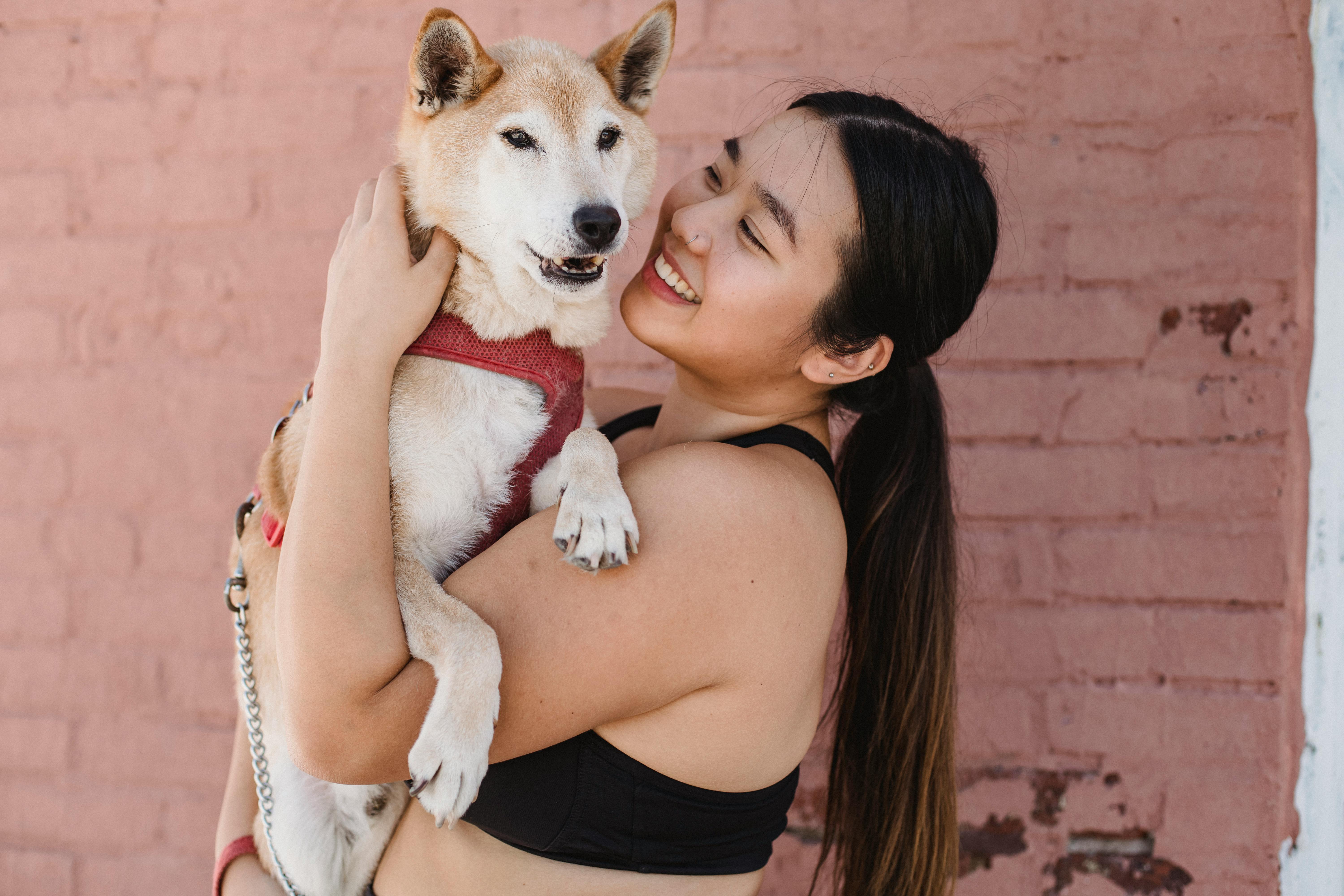Angora ferret – Difference from regular ferrets
The angora ferret, with its long fur and lively demeanor, makes it an exotic and highly entertaining pet. Although they are more expensive than other types of ferrets, these beautiful and inquisitive creatures can fill your life with fun and laughter.
How was Angoras born?
They originated in Sweden, when a breeder noticed some changes in his ferrets. Certain mutations at the genetic level caused these ferrets to have longer hair on their hind and hind legs. This breeder sold his specialty ferrets to another in Norway, who bred Angoras, as we know them today.
Angoras, with their particular coat color and hair length, breed by repetition in breeding. Therefore, some vets prefer to group them as subspecies.
How are these ferret variants different from normal ferrets?
They differ both in appearance and behavior. Angora skin is very long, perhaps the most distinctive feature. However, don’t confuse long-haired ferrets with Angoras; there are also several other differences.
Body Structure: The trademark’s long coat can grow up to 4 inches long. They can weigh up to 7 pounds. The tell-tale sign of an Angora ferret is an extra crease on its pointed, slightly upturned nose and a small tuft of hair on the tip or inside the nose. As very small kits, Angoras do not have long fur, but they can be recognized by their nose. The shape of the eyes also differs slightly from that of an American ferret.
Sparse hair on the tail: This is because these ferrets have no undercoat. So even though the rest of her body is covered in luscious long hair, her tail appears to be bare. Due to the lack of undercoat, they do not shed as much hair as normal ferrets.
Much Higher Energy Levels Than American Ferrets – Angoras are cute, but also overly curious and can be stubborn too. Before buying an angora, it would be helpful if you already have a well-trained ferret at home. It can be an example of behavior for your new angora kit. Angoras sometimes have a tendency to pinch, so be careful before letting a child handle them.
